Did you know the traditions of Halloween started in Ireland?!
According to Irish mythology, it all began in a small cave in the rural landscape of Co. Roscommon, in the ‘Cave of Cats,’ also known as the birthplace of Queen Medb (pronounced Mave). The crazy events of this legend took place place during the festival of Samhain and the two stories have been firmly entwined ever since! Let’s take a look at the origins of this Celtic pagan festival and how those traditions spread to Halloween celebrations all over the world!
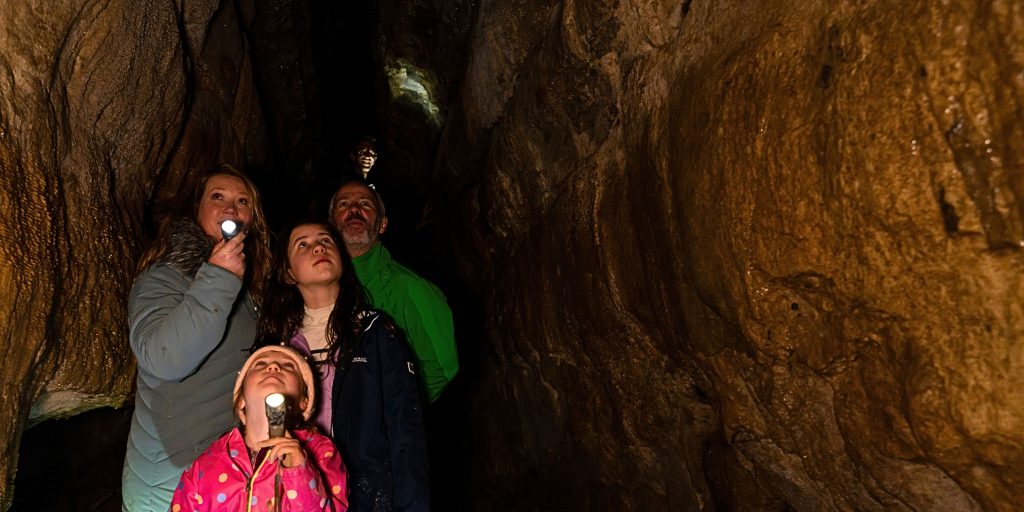
Samhain (pronounced Sow-en) begins at sunset on 31st October and ends at sunset on 1st November. It first began as a way to celebrate the end of summer and the start of a new cycle in the Celtic year. Two main ceremonies took place to mark Samhain. The first were rituals respecting both the light and darkness. These rituals were said to protect you against malevolent spirits, as well as welcome the spirit of loved ones who had passed over.
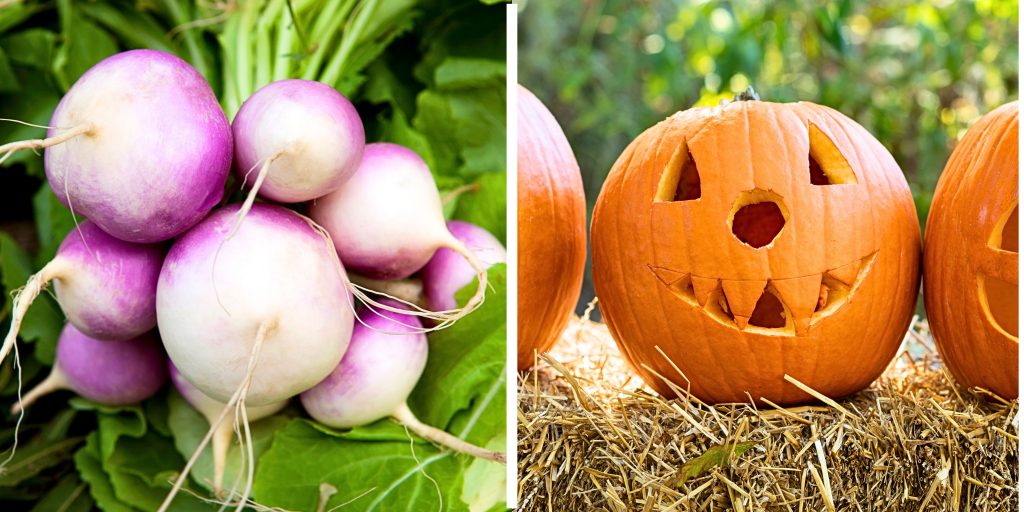
The second ceremony at the heart of Samhain is the customary communal bonfire. The fire was a protection ritual, to purge bad fortune and influence and to defend locals from harm during the long hard winter ahead. Any open fires at home were quenched, so that the central bonfire the only one alight in the entire community. Each family would take a burning ember from the bonfire, carried in a hollowed-out turnip (sound familiar?!) and use it to reignite their own hearth. This was said to bring warmth and light to the family’s home once more. It instilled protection and cleansed them of any lingering evil spirits.
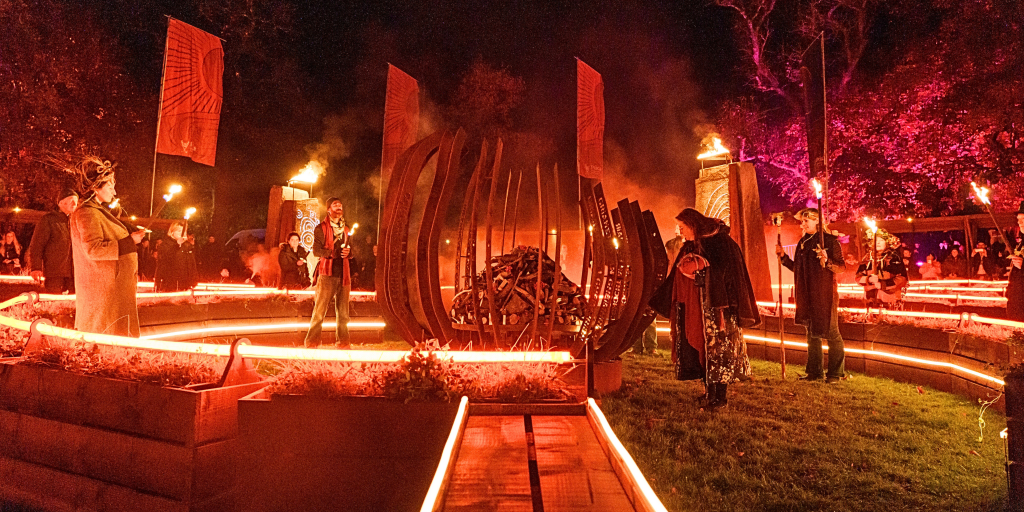
Additionally, the bones of slaughtered cattle would be cast onto the fire as an offering for a good winter, especially by farmers. Personal items symbolising ailments or desires were thrown on the flames by individuals hoping to be cured of sickness, or to have their wishes granted. Samhain is also the time of year when the veil between our world and the next is at its thinnest.
It becomes so fragile that the both the fairies and the dead can take a simple step between realms. Families would set one extra place at the dinner table, encouraging the spirit of a loved one to join them. All living guests were to dine in silence, listening and watching for a word or sign from their dearly departed that they were present in the room. This was known as a Dumb Supper.
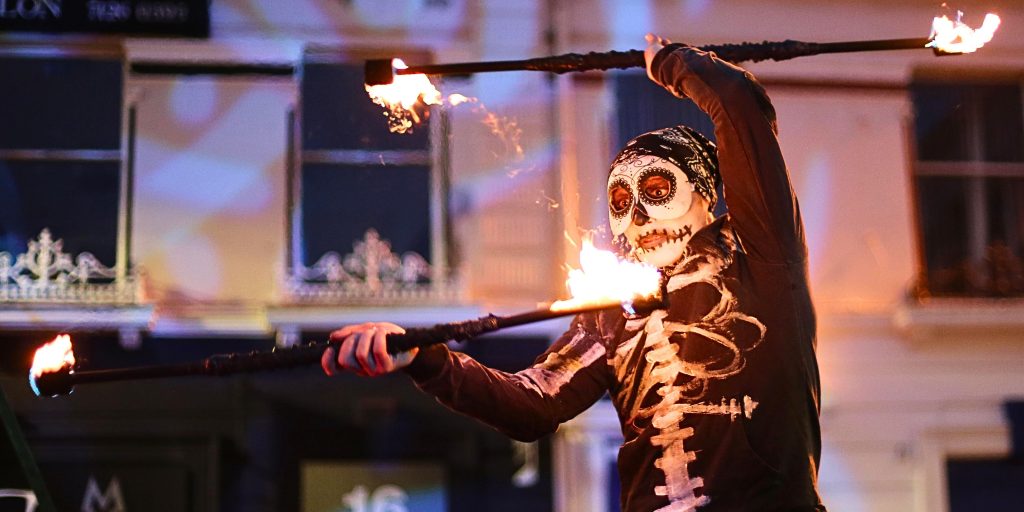
The biggest fear at that time was the fact that an open door between worlds could allow dark spirits to cross over. Darker fairy folk, known as ‘unseelies,’ were thought to step through the veil and wreak havoc on villages by making cattle sick and bringing disease to households. In an attempt to hide from these unwelcome visitors, locals would dress in the ugliest outfits they could find and disguise their faces with masks. This was known as ‘guising’ which would go on to be known as Halloween costumes!
A typical costume was the Láir Bhán (White Mare) which would consist of a man covered in a white cloth, carrying a horse’s skull in his hands. He would lead a group of youngsters from farm to farm blowing on cow horns and begging for food. Any farmer who refused would be cursed with bad luck for the coming year in the form of a Piseóg (Irish curse).
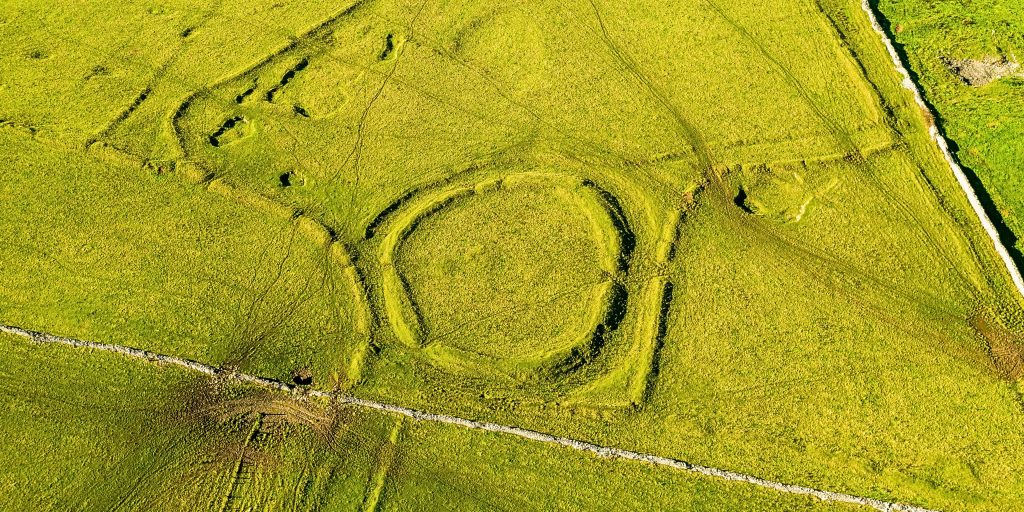
Homeowners had to contend with these dark fairies wreaking havoc through the countryside. So, they would leave food, sweet treats or milk on their doorsteps to guarantee a fairy blessing. Anyone foolish enough to not do so would be tormented and pranked by the cheeky wee folk at best and fall victim to a fairy curse at worst. It was these beliefs and traditions that led us to trick or treating on Halloween. Edible gifts for protection from the Other Realm once a year is a small price to pay don’t you think?! As for the Samhain bonfires, these continue to be lit across Ireland, with the most important one being on The Hill of Tlachtga in Co. Meath.
